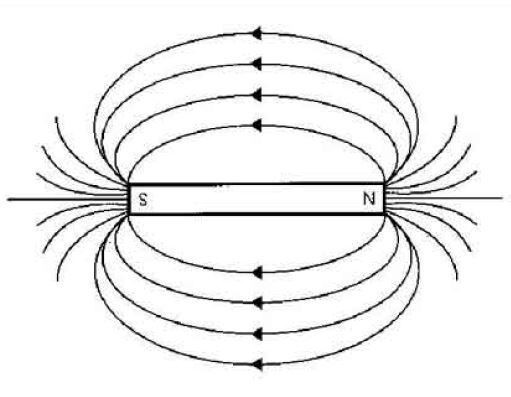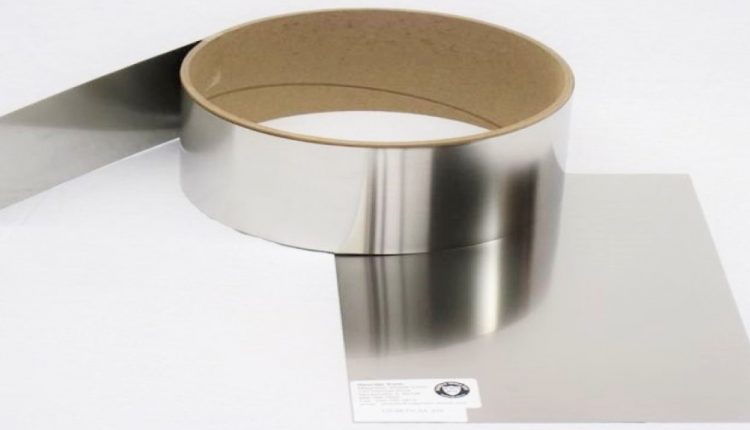Magnetic Shielding Overview, Misconceptions, and Best Practices
Sponsored by Magnetic Shield Corp.
Knowledge of electromagnetic and magnetic interference is crucial in today’s era of technology advancements. It is fundamental to successful research and product design for engineers, physicists and scientists. Many inquiries are received by our technical team daily and this overview discusses the basics of magnetic shielding and covers content that addresses common questions received from technical professionals.
To begin, where do magnetic fields come from? A magnetic field cannot be seen and usually they are created electrically. All magnetic fields result from a source of magnetic flux, which may come from the earth, a motor, transformer or electric power line, or even a bar magnet. Sensors can detect magnetic fields; so typically, an engineer uses measuring instruments such as a gaussmeter, a compass (for DC fields), or a pickup coil (for AC fields). The most common AC magnetic fields are 60 Hertz fields emitted by electric power equipment. These are typically referred to as EMI or electro-magnetic interference.

The frequency range for magnetic shielding is called Extremely Low Frequency (ELF) 30 Hz – 300 Hz, usually 0 – 300 Hz or lower radio frequencies above 300 Hz may be attenuated using additional material types or thicker material. At the highest frequencies, shielding techniques should employ tight seams and space-filling conductive gaskets at joints.
Next, consider this: Can you block a magnetic field? A popular question that comes up is: A magnetic shield will block the field’s effects right? This is a common misconception. There is no known material that blocks magnetic fields without itself being attracted to the magnetic force. Magnetic fields can only be redirected but not removed. To do this, high-permeability magnetic shielding alloys are used. The magnetic field lines are strongly attracted into the shielding material because of its permeability properties and to attenuate or reduce the fields. Magnetic fields are attracted to the ferromagnetic alloy in a higher concentration when the shielded equipment is closer to the field. As the protected equipment is moved further away or there is an increased separation from the field, the magnetic intensity decreases and lowers the strength of the field. This lowers the shielding factor required to protect the machinery. But the magnetic forces remain.
Electromagnetic shielding is necessary to isolate sensitive apparatus from these electromagnetic fields or electromagnetic interference (EMI) to operate and perform successfully without down time or errors. High nickel-iron composition alloys such as mumetal, the industry wide standard, is regularly specified for raw materials and fabrication of shielding parts and custom shields.
The first step to developing an effective magnetic shield is to measure the intensity of the field surrounding the area, equipment, machinery, or parts to be shielded. After taking the field readings or measurements using a gaussmeter sensor, the shielding factors can be calculated to help indicate which alloy type, form, and thickness of the material is required. Common mumetal forms are foil, sheet and thicker plate, where foil can be used to prototype designs readily because it is easy to bend and shape.
Should the source of interference or the sensitive device be shielded? Shielding the source may involve stronger fields, and therefore thicker materials. All interference sources should be shielded, or the sensitive device will still be affected. The usual approach is to shield the sensitive device. This prevents interference from both present and future sources. Many electromagnetic shielding solutions begin with sampling alloy materials in Evaluation Lab Kits. Kits enable a “hands-on” approach to solving a shielding problem.
With the abundance of electrical signals being transmitted and received, electrical field interference should be the center of concern. Interference happens when you don’t plan for or consider other sources of electromagnetic energy. For more shielding technical resources visit magnetic-shield.com, or to start prototyping and sampling alloys learn about our University Lab Kit with MuMETAL® which includes our Technical Guide to MuMETAL® and Magnetic Shielding.
Sponsored by


